For applicants hoping to pass the ASRB NET Exam 2025, the ASRB NET Agricultural Extension Syllabus serves as an essential road map. The exam, administered by the Agricultural Scientists Recruitment Board, assesses a candidate’s overall expertise and capacity for research in the specialized field of agricultural extension. From the fundamentals of extension education to sophisticated communication techniques, rural development initiatives, and agricultural advances, a wide range of subjects are covered in the ASRB NET Agricultural Extension Syllabus 2025. To help candidates plan their preparation methodically and with confidence, we have provided the syllabus and exam pattern in the given article.
ASRB NET Agricultural Extension Exam Pattern 2025
The ASRB NET Agricultural Extension exam follows a standardized pattern aimed at evaluating candidates’ subject expertise and research aptitude. The exam comprises a single paper with 150 multiple-choice questions, each carrying 1 mark, totaling 150 marks. The duration of the exam is 2 hours, and there is a negative marking of one-third (1/3rd) mark for each incorrect answer. Here, we have discussed the ASRB NET Agricultural Extension Exam Pattern 2025.
- There will be a total of 150 questions.
- The exam will consist of a total of 150 marks.
- Each correct answer will be awarded 1 mark.
- 1/3rd mark will be deducted for each wrong answer.
- No marks will be awarded or deducted for unanswered questions.
- The exam will be concluded in two hours.
| ASRB NET Agricultural Extension Exam Pattern 2025 | |
| Exam Name | ASRB NET |
| Conducting Body | Agricultural Scientists Recruitment Board |
| Exam Mode | Online Mode |
| Total Number of Questions | 150 |
| Maximum Marks | 150 |
| Official website | asrb.org.in |
ASRB NET Agricultural Extension Syllabus 2025
Candidates who have chosen Agricultural Extension as the discipline for ASRB NET need to be familiar with the ASRB NET Syllabus 2025 for Agricultural Extension. A total of 10 units are covered in the syllabus, which focuses on the various areas, the topic-wise details of which have been discussed in the given section.
Unit 1: Fundamentals of Extension and Communication
Concepts and scope of extension and communication, particularly for primary and secondary agriculture. Historical and emerging perspectives of agricultural, veterinary, and animal husbandry extension education in India and other countries. Community Development and Integrated Rural Development- concept, principles, and objectives. Role of agricultural extension in different sectors of agriculture and rural development. Agricultural Extension in the context of enhancing productivity, Quality, Nutrition, post-harvest technology, product processing, Profitability, Income, and Employment. Concepts of yield gaps. FLD and OFT in relation to TOT programmes. Farming System Research and Extension (FSR&E) and participatory development approaches. Concepts and modules of communication, credibility, fidelity, empathy, and feedback in communication. Similarities and dissimilarities among extension education, adult education, and continuing/distance education. Andragogy and theories of adult learning. Human behavioural dimensions and gender sensitivity in extension education programmes. Meaning and characteristics of attitude, factors affecting attitude change; Understanding of basic rural institutions, social structure, culture, and norms. Social and technological change processes, group dynamics, concepts, and theories of rural leadership. Group and mass communication, Interpersonal and Intrapersonal Communication Skills, Key communicators and their role in animal husbandry development. Acquiring communication skills for the development of local leaders and key communicators for Organizational livestock development. clientele. Problems and barriers in communication. Rapport building with communication, distortion, and noise in communication. Importance of feedback in veterinary extension, impact analysis of extension programmes.
Unit 2: Extension Methods & Farm Journalism
Concepts of teaching and learning processes-principles of learning as applied to agricultural extension. Individual, group, and mass approaches in extension, audio-visual aids- classification, selection, use, and production. Traditional media for communication in development programmes. Modularized communication- concept, approach, need, process of designing instruction for the transfer of communication. Basics of agricultural journalism, types of publications – bulletins, folders, leaflets, booklets, newsletters, popular and scientific articles. Selection, planning, and use of different extension teaching methods like demonstration, exhibition, farmers’ fairs, field days, tours, extension literature, etc. Preparation and presentation of different projected and non-projected audio-visual aids. Public speaking. Preparation of radio/video script. Principles of photography and its use in extension.
Unit 3: Information Communication Technologies (ICT)
Concept of ICT and its role in agriculture and rural development. ICT tools- print and electronic media, e-mail, Internet, use of multimedia, use of mobile phones, video and teleconferencing, computer-assisted instruction, touch screens, micro-computers, web technologies, and information kiosks. Networking system of information and challenges in the use of ICT. E-learning, information resources, sharing, and networking. Types of network – PAN, LAN, WAN, Internet, AGRINET, AKIS, Indian National Agricultural Research database. ICT programmes in livestock development, Problems and prospects of ICTs in livestock development, Digitisation, Simulation models, Utilization of Internet for promoting advanced veterinary and animal husbandry practices, communication with rural, semi-urban, and urban livestock owners.
Unit 4: Training & Human Resource Development
Human resources and their importance in agricultural development. Concept of human resource management. Training and development of human resources. Identifying training needs and assessment of training impact. Training principles, importance, methods, and factors. Phases of training: pre-training and post-training. Developing training modules, training requirements, and training methods. Lecture cum demonstration method, case method, group brainstorming, syndicate method, business games, simulation exercises, in basket exercise, programmed instruction, experiential learning techniques such as sensitivity training, T-group, transactional analysis and fish bowl exercise. Evaluation of training types and techniques of training evaluation. Motivation, stress management, and organizational behaviour as facilitators of human resource development. Capacity Building in relation to Dairying, Poultry, Piggery, Goat and Sheep farming, cottage industries, Rabbit farming, Apiculture, Sericulture, Biofertilizer, Floriculture, and Biopesticides.
Unit 5: Research Methodology in Extension Education
Social research- concept, principles and approach. Selection and identification of research problems, methods of data collection- interview method and mailed questionnaires, variables -meaning and types, independent, dependent, and intervening variables. Hypothesis concept, characteristics, types, and testing. Research design concept and types, field studies, case studies, and survey methods. Measurement, meaning, and levels. Methods of sampling and statistical tests. Reliability and validity of tests, normal distribution, tests of significance, ANOVA, correlation and regression, scaling techniques. Processing of data, coding, and tabulation. Analysis and interpretation. Writing scientific reports, citing references. Participatory approaches, PRA, RRA, PLA, and PTD.
Unit 6: Programme Planning, Evaluation & Diffusion and Adoption of Innovations
Concepts, steps, principles, and theories of programme planning. Steps in programme planning for livestock development, organizing campaigns, mass vaccination programmes, and a variety of extension activities, evaluation of veterinary extension programmes, compilation, and report writing. Evaluation of animal husbandry development programmes and schemes. Monitoring and evaluation concept, significance, types, methods, and tools. Theoretical models of programme planning. Felt needs; need-based programmes. Social action. Five-Year Plans: critical analysis with special reference to programmes for women, children and youth. SWOT/TOWS analysis of development programmes. Concept and elements of diffusion and adoption for social change. Diffusion process, adoption process, models of diffusion and adoption, adopter categories, and their characteristics. Factors influencing adoption and attributes of innovations. Concept and stages of the Innovation-decision process, consequences of innovations.
Unit 7: Extension Management
Concepts and principles of administration and management, classical and modern theories, and schools of management thought. Functions of management planning, organizing, staffing, directing and leading, controlling, coordinating, reporting, and budgeting. Types and methods of administrative communication. Decision-making in the organization. Organizational effectiveness, organizational climate, organizational behaviour, organizational development, job satisfaction, and morale. Time management. Performance appraisal. Coordination at different levels of extension management, methods of coordination. Management by Objective (MBO) and Total Quality Management (TQM). Project Evaluation and Review Technique (PERT). Logical Frame Working (LFW) and Project Management Techniques. Personal management, scope of AgriBusiness Management and Institutions – National Institute of Agricultural Extension and Management (MANAGE). Indian Institute of Plantation Management (IIPM), NIRD, EEI, and NAARM. Monitoring, evaluation, and impact analysis of extension programmes. Critical analysis of the organizational setup of extension administration at various levels. Agricultural Technology Information Centers (ATIC). Technology Parks. Management Information System. Management of Agricultural Knowledge System (MAKS) and use of Expert System. Traditional media for communication in development programmes. Problem Solving Techniques / Negotiation Motivational Theories & Techniques, Work motivation, Organizational climate, Resource management: concept and methods, Team building: process and strategies at organizational and village levels. Mobilization and empowerment skills: concept and strategies in mobilization, concretisation and empowerment of rural people.
Unit 8: Entrepreneurial Development
Significance and Concept, Programme scope. agencies promoting entrepreneurship. Types and techniques of training for developing entrepreneurial activities in various areas. Self-Help Groups concepts, organisation, mobilization, micro-finance, and functioning of SHG for empowerment and sustainability. Agripreneurship- agriclinics and agribusiness centers. International cooperation in agriculture: SAIC, Commonwealth, FAO, USAID, DFID, and CGIAR system. Critical analysis of extension systems of SAARC, BRICS, and other selected countries (USA, UK, Japan, Philippines, Israel, etc.).
Unit 9: Developmental Strategies and Issues in Extension
Extension policies. National Agricultural Extension System and Networking of State agricultural development Departments, NARS, NGOs, producer companies, cooperatives, rural banks, insurance, and private sectors. History of Veterinary extension programmes- NPCBB, PM assistance livestock development programmes, and rural development programmes. Developmental strategies such as the Watershed Development Programmes, Technology Mission, and the Horticulture Mission. Front Line Extension Programmes of ICAR/TAR-IVLP, NATP, NAIP, IRDP, ATMA, ITD, SREP, Research-Extension-Farmer-Interface. Identification, characterization, documentation, and validation of ITKS. Privatization of extension, market-led extension, production to consumption, and end-to-end innovative approaches. Issues related to globalization and IPR. Rural, Agricultural, Animal Husbandry, Dairy, and Women Developmental Programmes are implemented by the Government of India. Krishi Vigyan Kendras (KVKs).
Unit 10: Gender Sensitization and Empowerment
Gender and empowerment: meaning, gender related definitions and importance for empowering women; need and focus on gender sensitization, gender in community diversity, and its implication for empowerment. Gender perspectives in the development of women, social characteristics, roles, responsibilities, resources, constraints, legal issues, and opportunities; economic, educational, and other parameters. Gender tools and methodologies: Dimensions and methodologies for empowerment; gender budgeting; gender analysis framework- context, activities, resources and programme action profile; technologies and empowerment gender gender-specific technologies, household technology interface, socio-cultural interface and women as consumers of technologies. Gender issues and development: health and nutrition, violence, governance, education, and media.
| Related Posts |
|
| ASRB NET Vegetable Science Syllabus | ASRB NET Agronomy Syllabus |
| ASRB NET Previous Year Paper | ASRB NET Genetics and Plant Breeding Syllabus |
| ASRB NET Fruit Science Syllabus |
|

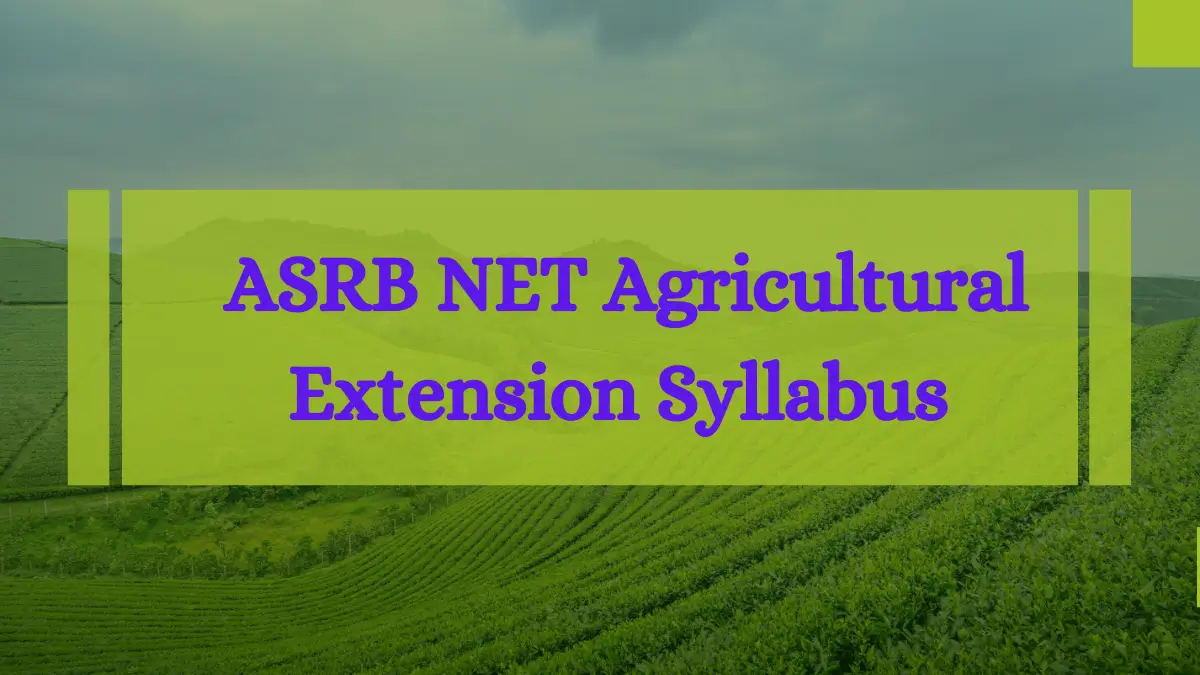
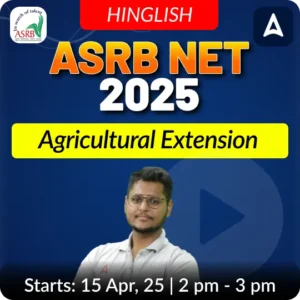
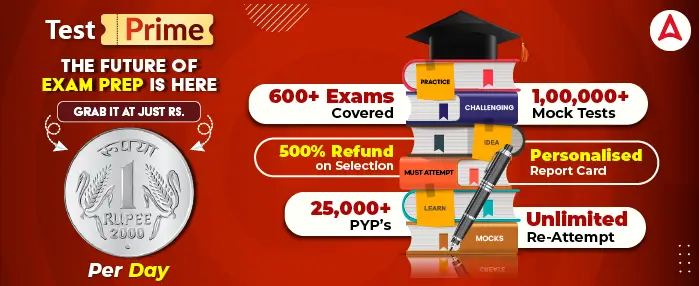
 Punjab Police Constable Syllabus 2026 an...
Punjab Police Constable Syllabus 2026 an...
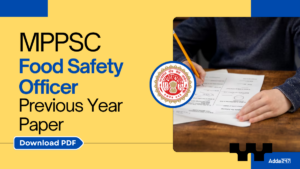 MP Food Safety Officer Previous Year Que...
MP Food Safety Officer Previous Year Que...
 UPSSSC Lekhpal Syllabus and Exam Pattern...
UPSSSC Lekhpal Syllabus and Exam Pattern...
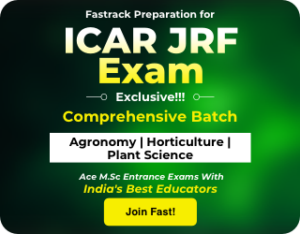

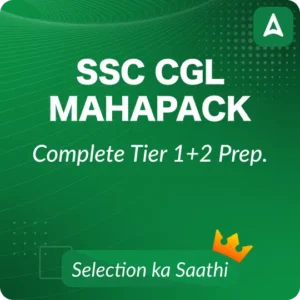
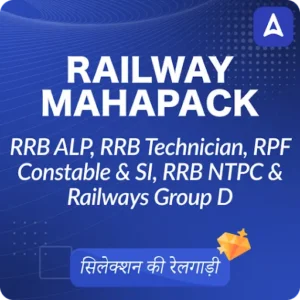
 Adda247 Job portal has complete information about all Sarkari Jobs and Naukri Alerts, its latest recruitment notifications, from all state and national level jobs and their updates.
Adda247 Job portal has complete information about all Sarkari Jobs and Naukri Alerts, its latest recruitment notifications, from all state and national level jobs and their updates.



